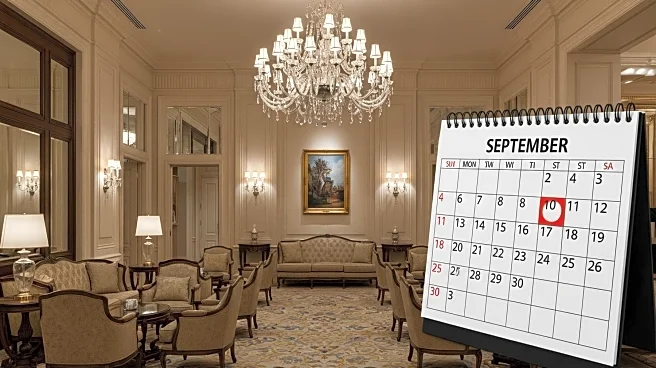What is the story about?
What's Happening?
In 2024, hotel loyalty programs experienced significant growth, with membership increasing by 14.5% to over 676 million, according to CBRE. This growth outpaced room growth, which was 6.7%. Loyalty programs contributed to a 52.8% occupancy rate, a two percentage point increase from the previous year. Despite the increase in membership, the average room nights per member declined by 4% to 1.0, suggesting members are either inactive or participating in multiple programs. Loyalty program fees averaged 2.2% of rooms revenue, with the highest fees at upper-upscale hotels, which cater to corporate and group travelers.
Why It's Important?
The growth in hotel loyalty programs is crucial for hotel owners as it helps lower customer acquisition costs and increase direct-to-consumer access. This is particularly beneficial during weaker economic conditions. The increase in loyalty program membership indicates a shift in consumer behavior, with more travelers seeking benefits from loyalty programs. This trend could lead to increased competition among hotels to offer more attractive loyalty benefits, impacting pricing strategies and marketing efforts.
What's Next?
Hotels may need to focus on engaging their growing membership base by offering more diverse options and experiences. This could include expanding brand portfolios and enhancing loyalty program benefits to attract new customers and retain existing ones. Additionally, hotels might need to address the issue of inactive members by incentivizing frequent stays and maximizing redemptions during less popular seasons.
Beyond the Headlines
The increase in loyalty program fees and membership suggests a potential shift in the hotel industry's approach to customer retention. Hotels may need to balance the cost of loyalty programs with the benefits they provide, ensuring that the programs remain profitable while offering value to members.
AI Generated Content
Do you find this article useful?













